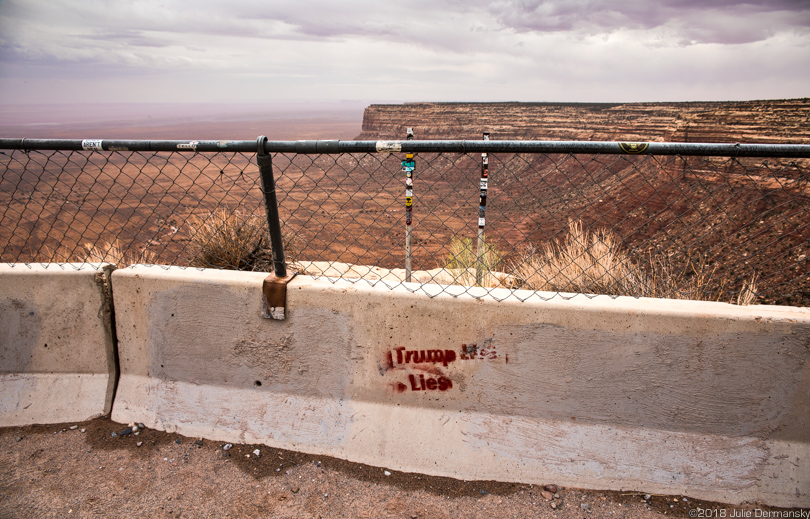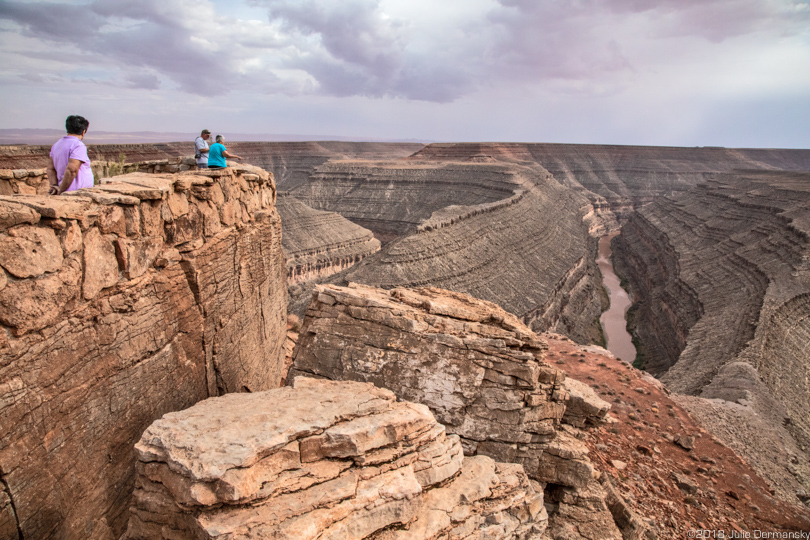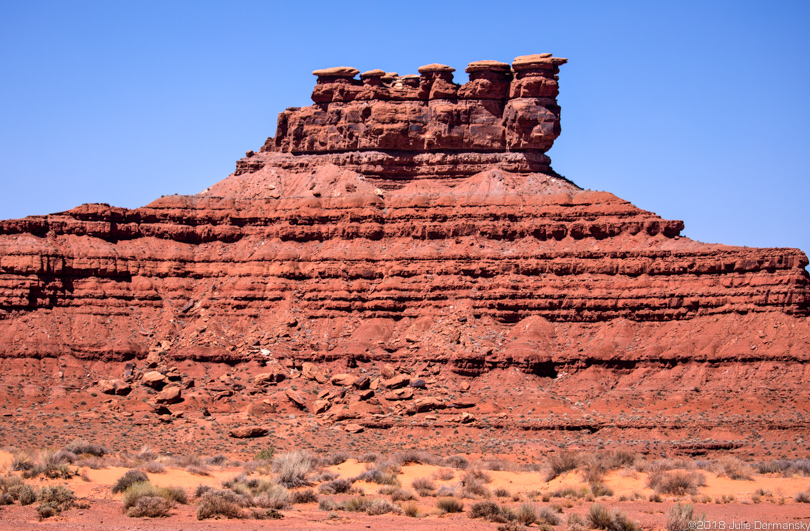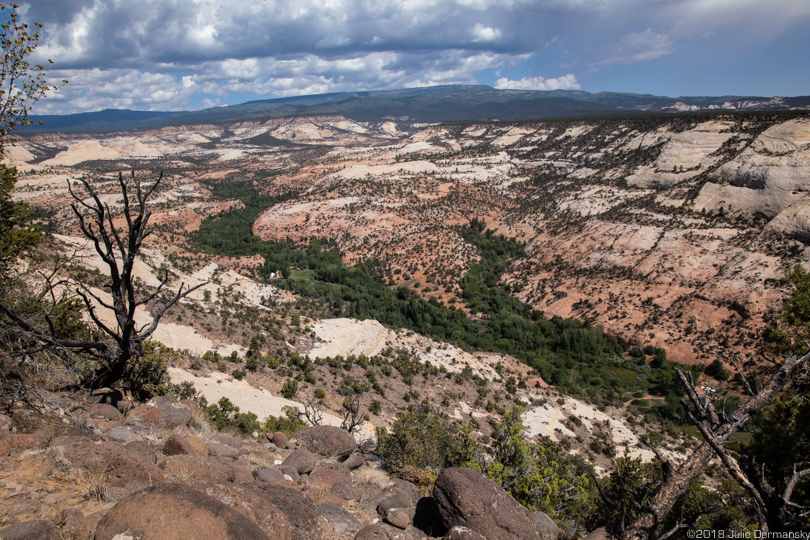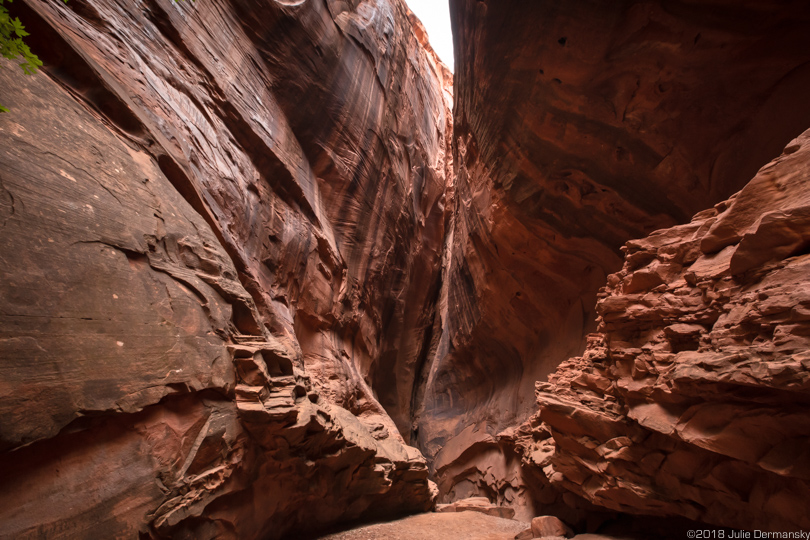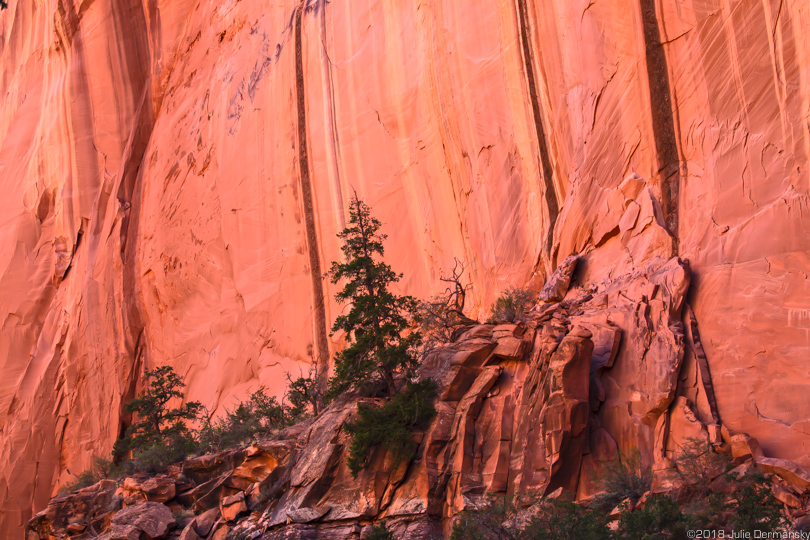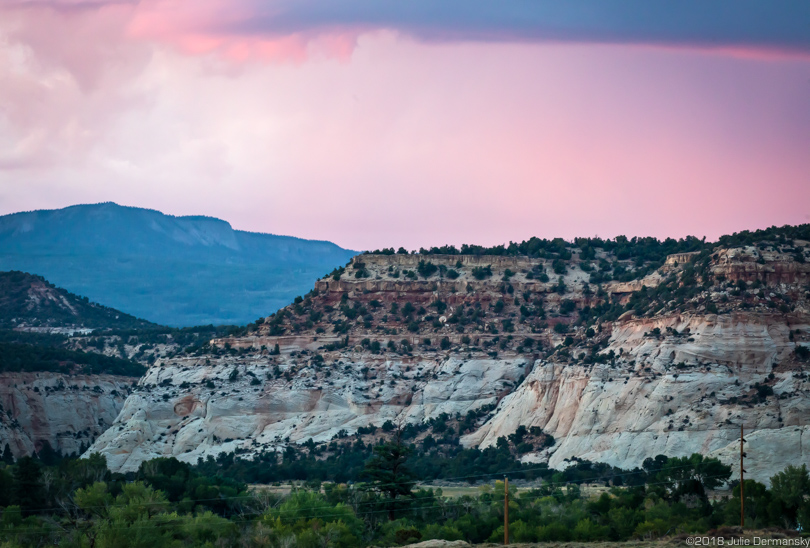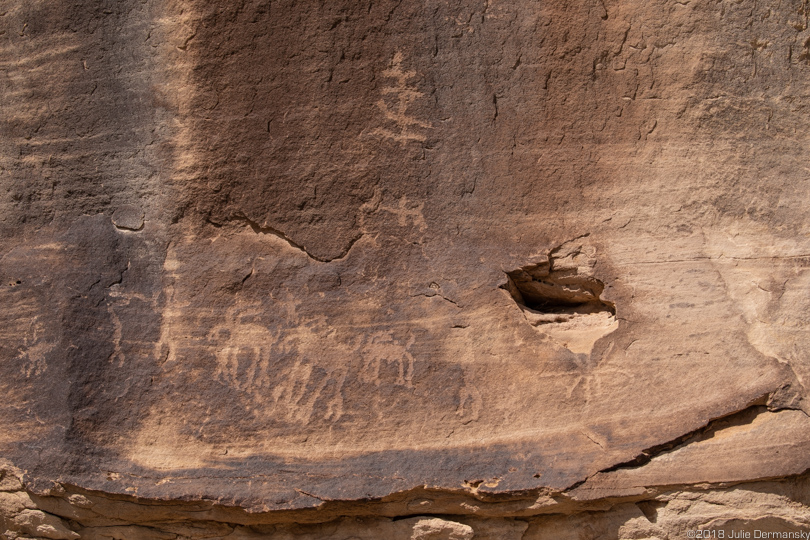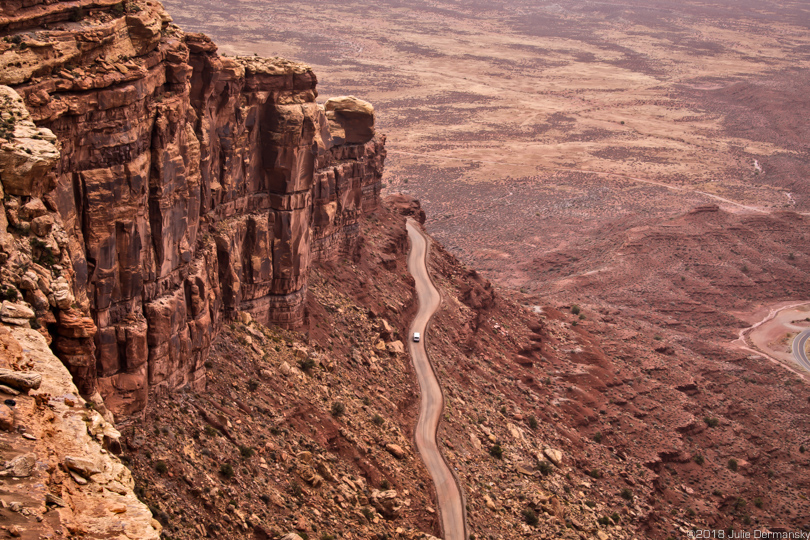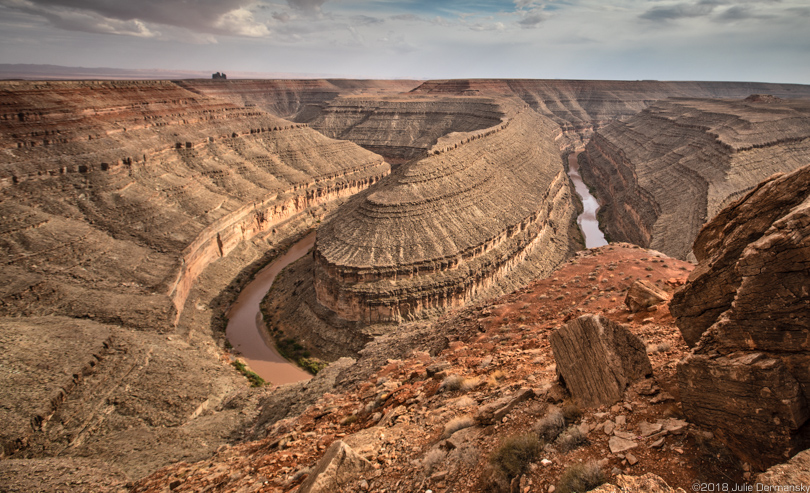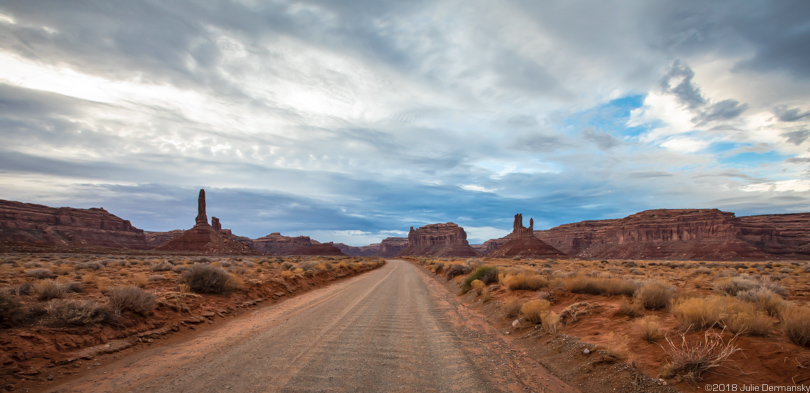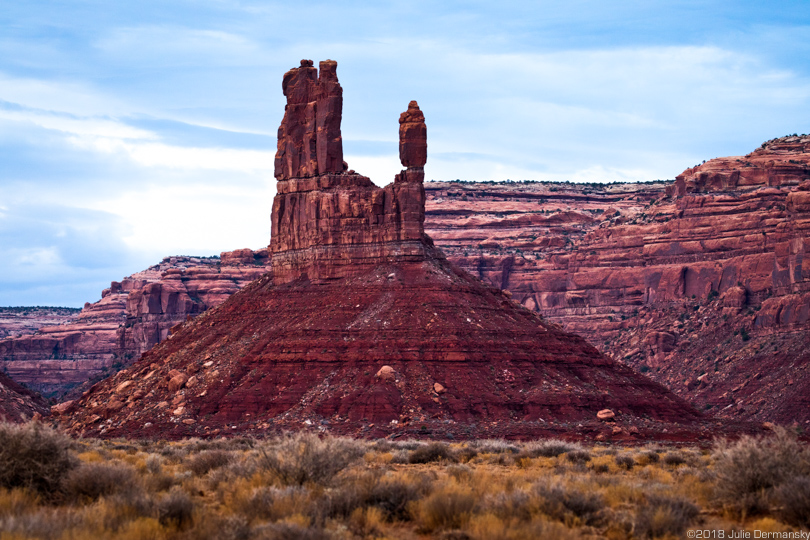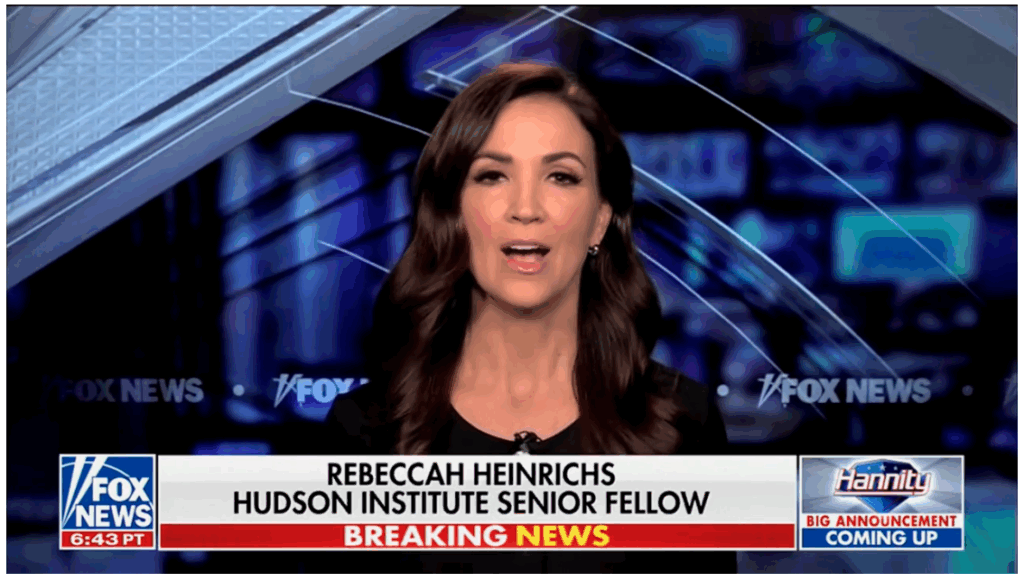With the resignation of Interior Secretary Ryan Zinke, environmental and public lands advocates are asking: Will the new leader be any better for the environment than the previous one? And from their perspective, the answer is a resounding, “No.”
David Bernhardt, the current Deputy Interior Secretary, a former oil industry lobbyist, is likely to become Acting Secretary when Zinke leaves at the end of the year. He shares the same types of conflicts of interest his boss does. The Western Values Project (WVP), a pro-public lands group, has documented Bernhardt’s many conflicts, illustrating how his work helps special interest groups — including some of his former clients — in advancing agendas that often undermine protections for public lands and wildlife.
“Ryan Zinke’s tenure at the Department of Interior was a disaster for public lands of historic proportions,” WVP’s executive director Chris Saeger wrote in a recent statement. “The public and Congress should continue their commitment to vigilant oversight over the ongoing ethical abuses at Interior in order to repair its reputation.”
Saeger finds little to celebrate with the latest turnover in the Trump administration: “The musical chairs that have become the hallmark of this administration mean that at least in the interim, Trump is just replacing one scandal-plagued Secretary with the ultimate DC swamp creature and ex-lobbyist David Bernhardt.”
David Bernhardt: ‘Too conflicted to even be Acting Secretary’
As the second in command at the Department of Interior (DOI), Bernhardt can step in as the Acting Secretary when his boss leaves, overseeing the department for 210 days without action by the President.
Though it isn’t certain President Trump will pick him, Bernhardt’s deep understanding of how the Interior Department works has helped Zinke accomplish the fossil fuel industry-friendly policy moves that Trump continues to praise, from cutting public lands protections for Bears Ears and Staircase-Escalante national monuments to diminishing the Endangered Species Act.
Visitors at an overlook of Gooseneck Bend, an area of Bears Ears National Monument which loses protection under the Trump administration’s proposal to shrink the monument.
Valley of the Gods in Bears Ears, part of the national monument that will no longer be protected if President Trump’s proclamation to reduce the size of it stands.
Jonathan B. Jarvis, 18th director of the National Park Service, says Bernhardt is to Zinke what ex-coal lobbyist Andrew Wheeler is to the similarly scandal-ridden Scott Pruitt, who resigned as head of the Environmental Protection Agency (EPA) in July, calling him “smart, shrewd, low-profile, and effective.”
As Mother Jones reported in October, “some of the most radical changes under Trump have come from the many behind-the-scenes appointees, the government insiders, who have come out of the swamp the president pledged to drain. At Interior, that’s been Bernhardt and his allies.”
Saeger’s group had called for Zinke’s resignation for his potential conflicts of interest and sees Bernhardt through the same lens. He warns, “The bottom line is that Bernhardt is too conflicted to even be Acting Secretary.”
Together Zinke and Bernhardt started the largest rollback of federal land protections in U.S. history and prepared the largest U.S. offshore oil and gas lease sale (which ended as a flop in August).
In addition, they have instructed the Bureau of Land Management, which is in the Interior Department, to revise its rules on methane emissions from natural gas drilling on public lands, pushed for more roads in wilderness areas, canceled a study examining the health impacts of coal mining, and dismissed violations committed by coal companies.
Warning From Scientist Who Worked Under Zinke
“I’m delighted to see Ryan Zinke get his comeuppance. He was corrupt and arrogant in his disdain for science and public lands,” Joel Clement, a former senior scientist and policy expert with the Interior Department, wrote in an email following the news of Zinke’s resignation, “but his number two at Interior is equally corrupt and far more circumspect-beware.”
Clement, who filed for whistleblower protection and ultimately resigned while working under Zinke, is now a senior fellow with the Center for Science and Democracy with the Union of Concerned Scientists (UCS). He currently works to expose political interference in science and fight attacks on federal science from the Trump administration and Congress.
Under Secretary Zinke, Clement, a biologist, was removed as a top climate expert at the Interior Department and moved into an accounting position within the Office of Natural Resources Revenue, a job he lacked expertise for and which collects royalties from oil companies operating on federal lands. Clement claimed he was reassigned in retaliation for his work on the impacts of climate change on Native Alaskan communities.
“America’s public lands, and the natural and cultural resources they contain, belong to all of us,” Clement recently wrote in a Scientific American editorial. In the editorial, he rolled out the UCS report, “Science Under Siege at the Department of the Interior,” documenting what Clement describes as the “most egregious and anti-science policies and practices at the DOI under Secretary Zinke.”
The report outlines how the DOI under Secretary Zinke and his political team, including Bernhardt, attack science “from sidelining the work of the agency’s own scientists to systematically refusing to acknowledge or act on climate change.” According to the report, “these actions have far-reaching and serious implications for our health, the environment, and the future of our public lands.”
America’s Public Lands in the Crosshairs
In August I visited areas in Utah’s Bears Ears and Grand Staircase-Escalante national monuments that Trump left unprotected after he slashed both monuments’ boundaries. Multiple Native American tribes, including the Utah Diné (Navajo), Hopi, Zuni, and Ute, hold Bears Ears, in particular, as culturally and historically important land.
President Trump’s proclamation splitting Grand Staircase-Escalante into three monuments reduced the national monument by 46 percent and his proclamation splitting Bears Ears into two monuments reduced the lands under protection by 85 percent. Legal challenges against the proclamations are ongoing.
Here are photos I shot of those public lands in southern Utah on both monuments, which, under Trump and Zinke’s watch, have lost protection from oil, gas, mining, and other extractive activities:
Lands Cut From Grand Staircase-Escalante National Monument
View of an area cut from Grand Staircase-Escalante’s boundaries by President Trump and Secretary Zinke.
Slot canyon in lands formerly a part of Grand Staircase-Escalante National Monument.
Grand Staircase-Escalante National Monument, created by President Bill Clinton, has stunning sandstone cliffs and plateaus that gave it its name.
Sunset in a no longer protected area of Grand Staircase-Escalante, a national monument which boasts world-class hiking and climbing, as well as paleontological, archaeological, and historical sites.
Petroglyphs in an area of Grand Staircase-Escalante that lost protection after President Trump’s proclamation to shrink the monument.
Lands Cut From Bears Ears National Monument
The Moki (or Mokee) Dugway, a section of Utah Route 261 just north of Mexican Hat, Utah.
The dramatic Gooseneck Bend in Bears Ears National Park, which is no longer protected under current federal proclamation.
Road through the spire and mesa-filled Valley of the Gods in Bears Ears, an area of the national monument that stands to lose federal protection.
Valley of the Gods in Bears Ears National Monument. According to the Bears Ears Inter-Tribal Coalition, “The Valley of the Gods is considered sacred to the Navajo, who interpret the giant sandstone monuments as ancient Navajo warriors frozen in stone — and time.”
*Note: Some of the photos from Grand Staircase-Escalante were commissioned by Earthworks.
Main image: Anti-Trump graffiti at the top of Moki (or Mokee) Dugway, a dirt road that winds up from the Valley of the Gods to the mesa top in the former Bears Ears National Monument. Credit: All photos by Julie Dermansky for DeSmog
Subscribe to our newsletter
Stay up to date with DeSmog news and alerts


